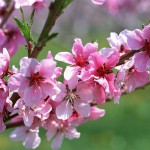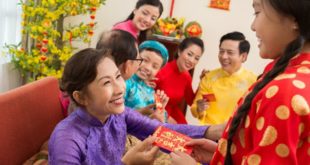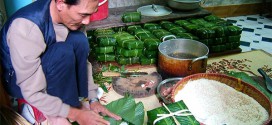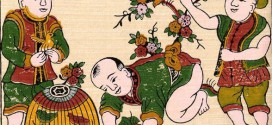Vietnamese New Year, or Tet, is The festival that best epitomizes Vietnam’s cultural identity.
Popular festivals play a significant role as a mirror and guardian of a nation’s cultural identity.
In this aspect, the festival that best epitomizes Vietnam’s cultural identity is Tet.

Although endowed with honorable credentials, the New Year by Solar Calendar has not succeeded in becoming accredited in Vietnam, at least not in the countryside.
People pay polite homage countryside but reserve their hearts and souls for their own traditional Vietnamese New Year.
“Tet” is a word of Chinese Origin. It is the phonetic deformation of “Tiet,” a Sino-Vietnamese term that means “Joint of a bamboo stern” and, in the broader sense, the “beginning of a period of the year.”
Passing from one period to the next may cause a meteorological disturbance (heat, rain, mist) that ritual sacrifices and festivities must exercise. Thus, there are many Tets throughout the year (Mid-autumn Vietnamese New Year, Cold Food Vietnamese New Year, etc.).
The most significant of all is “Vietnamese New Year Ca” (“Big Vietnamese New Year” or simply “Vietnamese New Year”), which marks the Lunar New Year.
Vietnamese New Year occurs in the last ten days of January or the first twenty days of February, nearly halfway between the winter solstice and the spring equinox.
While East Asian countries celebrate the Lunar New Year, each does so uniquely, reflecting its national psyche and cultural context.
The Tet combines Western Saint Sylvester, New Year’s Day, Christmas, Easter, and Thanksgiving for the Vietnamese. It is the festival of Purity and Renewal.
Nature constantly renews its youth, returning to its primary purity and freshness. People who are part of Nature follow the same course.
Tet, the first day of spring, carries Easter’s rebirth connotations in the West. During this universal renewal and rejuvenation period, the Vietnamese feel the spring sap welling within them.
This feeling has given rise to unique customs. Every deed during the three days of Vietnamese New Year should be well-intentioned and finely realized, for it symbolizes and forecasts actions during the coming twelve months. One abstains from getting cross and from using foul language.
The most shrewish mother-in-law smokes the pipe of peace with her daughter-in-law. Quarreling husbands and wives bury their hatchets. Children promise to be good, and grown-ups hand the children gifts, often coins wrapped in scarlet paper since red is the color of luck.
The children are happy to get new clothes.
People give alms to beggars. The “new” world must be the best of the worlds. Once the holy resting time is over, activities resume with a new frame of mind after inaugurating ceremonies: “inauguration of the seals” for civil servants, “inauguration of the pen-brush” for scholars and students, “inauguration of the shop” for traders.
For the Vietnamese, the Vietnamese New Year brings a message of confidence in humanity, redemption, hope, and optimism.
 Vietnamese Culture and Tradition
Vietnamese Culture and Tradition 


